Whittier College Bach Festival
Saturday, April 6 at 7pm
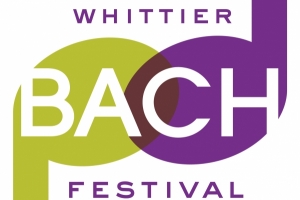
The Horizon Chamber Players led by conductor Christian Campos perform a program of Bach cantatas at the Whittier College Bach Festival. $10 suggested donation.
“[The program features] highly introspective texts and, despite their flair for the dramatic, a sense of intimacy and soul-searching that sets them apart from their more boisterous siblings. All three take some sort of tragedy or loss, be it the story of the Martyr of the Innocents or simply original sin (and the sense of taintedness that comes with it), and transform that loss into a meditation on divine saving grace in an extraordinarily theatrical albeit simultaneously subtle way. ” – Vicente Chavarría (conductor and musicologist).
Program
JS BACH, Wo gehest du hin? (BWV 166)
JS BACH, Schau, lieber Gott, wie meine Feind (BWV 153)
JS BACH, Mein Herze schwimmt im Blut (BWV 199)
Performers
Anna Schubert, soprano (BWV 199)
Andrea Zomorodian, soprano (BWV 153 and 166)
Joanna Lynn-Jacobs, mezzo-soprano
Jon Lee Keenan, tenor
David Castillo, baritone
Lot Demeyer, oboe
Moni Simeonov, violin I
Melody Chang, violin II
Tim Richardson, viola
Mikala Schmitz, cello
Evan Hillis, bass
Jung-a Lee, organ
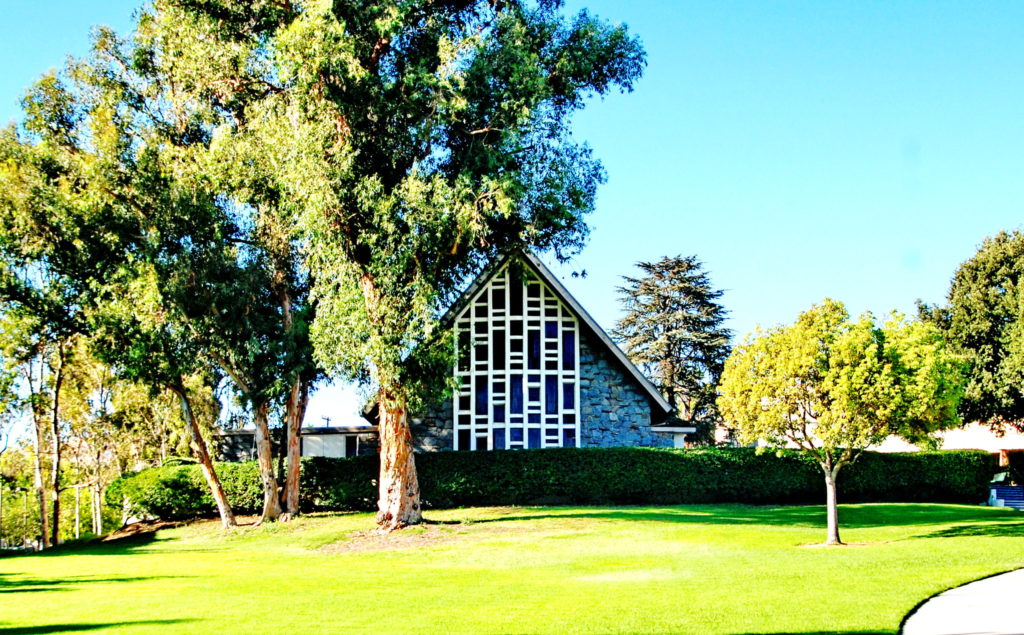
Venue
Memorial Chapel at Whittier College
13406 Philadelphia St
Whittier, CA 90601
Featured Artists

Anna Schubert 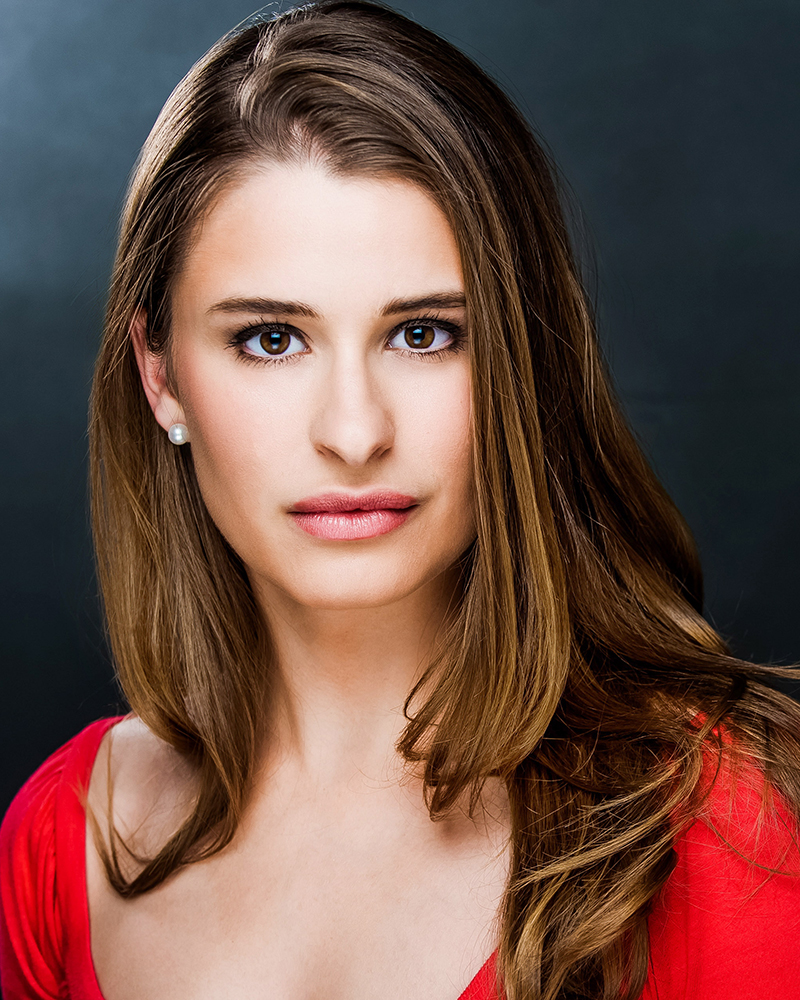
Andrea Zomorodian 
Joanna Lynn-Jacobs 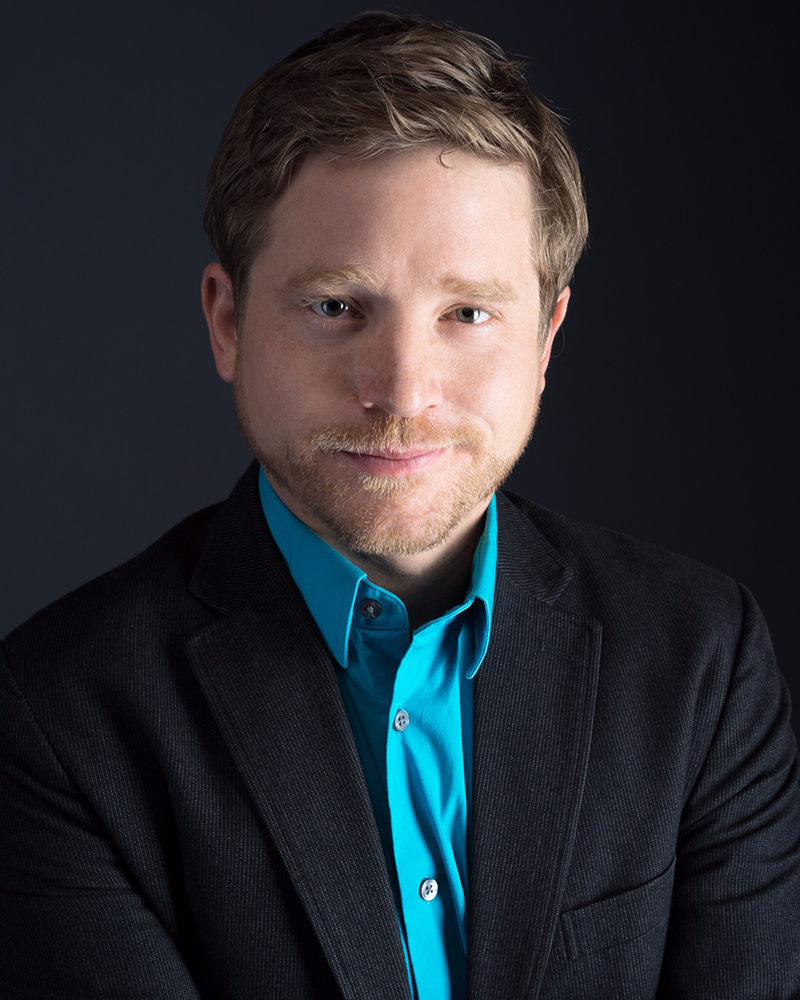
Jon Lee Keenan 
David Castillo 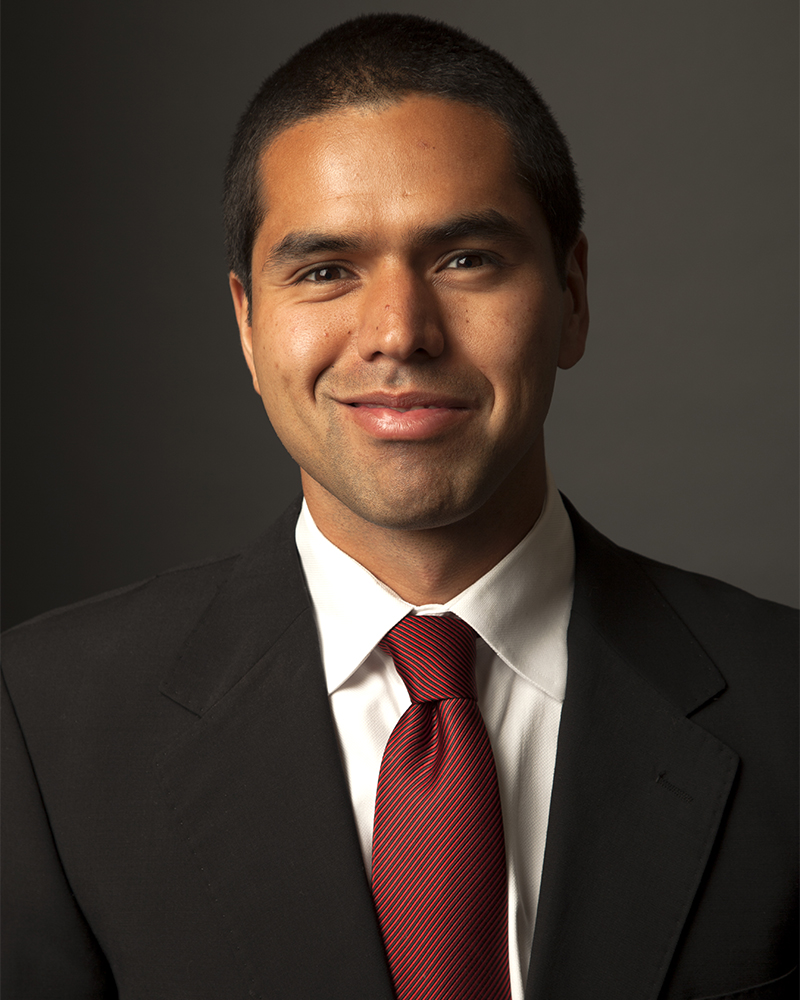
Christian Campos
Program Notes
Tonight’s program features three cantatas by Johann Sebastian Bach (1685-1750), all featuring highly introspective texts and, despite their flair for the dramatic, a sense of intimacy and soul-searching that sets them apart from their more boisterous siblings. All three take some sort of tragedy or loss, be it the story of the Martyr of the Innocents or simply original sin (and the sense of taintedness that comes with it), and transform that loss into a meditation on divine saving grace in an extraordinarily theatrical albeit simultaneously subtle way. They all featured in the Thomaskirche in Leipzig during Bach’s first season as Thomaskantor there. Many people claim that Bach never wrote and opera, and whilst this is strictly true, this selection of cantatas achieves the same dramatic effect as anything Bach’s contemporaries wrote for the stage, even when compared to the Passions. Tonight’s program provides an extraordinary glimpse at a composer in the middle of a major life transition as he settled into his new position in Leipzig.
Cantata 199, Mein Herze schwimmt im Blut, is the earliest of the lot. Bach was appointed Konzertmeister (Concertmaster, or Music Director) of the court orchestra at Weimar in 1714, enabling him to start work on a lifelong dream of writing sacred music on a regular schedule. At Weimar, Bach was charged with producing a cantata a month for the palace church (Schlosskirche). Cantata 199 was first performed there on the Eleventh Sunday after Trinity, 1714. It is a solo cantata, with the soprano’s voice narrating the journey of the soul from “a monster in God’s eyes” to finally accepting salvation. The alternating recitatives and arias flow easily from one into the next—much as they would in an Italian opera. Bach had studied the music of the Italian masters in his youth (thanks to his early mentor Johann Gottfried Walther) and was well-acquainted with the Italian operatic forms. The text, by Georg Christian Lehms, begins with the sinner in full depravity of man (very much in keeping with Lutheran tradition); the initial recitative features a soul deprived of hope. The arias, featuring interplay between the soprano and the oboe, look inward and speak of the hope of God’s salvation. The sixth stanza (the chorale) is accompanied by a lively viola as the sinner asks God to welcome them. After acknowledging their sin, the narrator rejoices at the end: “…And for my grief and pain no more shall me from bliss nor from his heart exclude.” Bach re-worked the piece for Leipzig in 1724 during his inaugural season there; it was certainly the most operatic work he had presented to the Leipziger congregation up to that point.
In contrast, Cantata 153, Schau, lieber Gott, wie meine Feind, instead features a narrator steadfast in their faith asking God for continued strength to face their enemies. The cantata opens with a chorale, which is unusual for Bach; most choral cantatas make use of a chorus to open and set the tone of the whole piece. Instead, the use of a chorale gives the work the stately serenity that characterizes its narrator: “Behold, dear God, how all my foes, with whom I e’er must battle, so cunning and so mighty are that they with ease subdue me!” Curiously, Bach saves the arias for the fully dramatic numbers, labelling a smaller number (accompanied only by the continuo band) as arioso. One such number is the bass solo “Fürchte dich nicht” (“Fear not: I am with you”), which serves as the voice of Jesus to the Apostles and, by extension, the narrator-soul. The alto and tenor soloists serve as commentators; the alto sings of the believer’s pain and affliction whilst the tenor reaffirms their faith and decries “misfortune’s fires”. The tenor aria, “Stürmt nur, stürmt, ihr Trübsalswetter”, features an extraordinary tempest in the strings reminiscent of the French and Italian traditions of Lully and Vivaldi respectively—both fully familiar to Bach. An elegant minuet frames the final alto aria before a traditional chorale ending, giving the piece a symmetry uncommon to most cantatas. Bach wrote the work for the Sunday after New Year’s Day, 1724; it would have been performed nine days after the premiere of his more famous Magnificat, BWV 243a.
Wo gehest du hin?, Cantata 166, provides perhaps the most theatrical rendition of the evening. It opens with a question in the form of a short bass arioso: “Whither goest thou?”, a phrase known commonly in Latin as “Quo vadis?” The phrase is commonly associated with St Peter. According to legend, as he escaped crucifixion in Rome, he encountered the risen Christ. Peter inquired of him, “Where are you going, Lord?” Jesus replied, “To Rome to be crucified again,” giving Peter the courage to return to Rome and continue his ministry and face his ultimate martyrdom. The text of the cantata is constant reminder to the Christian that they should “never surrender their heart to the world”. The third movement, a chorale melody sung only by the soprano, is accompanied by a lively allemande in the strings. (Bach would notably repeat the same technique in his motet Jesu, meine Freude, BWV 227, which dates from roughly the same period.) The text of the final chorale was written by the poetess-hymnist Countess Ämilie Juliane of Schwarzburg-Rudolstadt and shows the Lutheran pietist preoccupation with death, not as a sorrowful event but rather as a joyous portal into full reunin with the Creator: “Who knows how near to me mine end is? Hence fleeth time, here cometh death…” (Bach was not unfamiliar with this theme; his famous Cantata No. 82 for solo bass, Ich habe genug, is a full meditation on this “joyful death”.) In all three cantatas, the chorales punctuate the work as reminders of the faithful congregation’s spiritual responsibilities, whilst the arias and choruses raise the text to near-operatic levels. The intimacy of the settings of such introspective texts oft belie the full range of emotions they portray, proving the Bach was just as effective a composer of dramatic music as any of his stage-music contemporaries.
-Vicente Chavarría
Our Mission
Based in Los Angeles County, the Horizon Music Group is dedicated to serving the community, its musicians, and its students by offering outstanding live performances of the classical repertoire in an intimate and accessible setting; providing a musical voice for young emerging artists; and enriching students, teachers, and educational institutions’ curricula with a classical music resource.
Who We Are
Founded in 2010, the Horizon Music Group has three resident ensembles: the Horizon Chamber Orchestra, Horizon Chamber Choir and the Horizon Chamber Players, led by managing artistic director Christian Campos. Members of these ensembles actively perform with the area’s finest groups, including the Los Angeles Master Chorale, Los Angeles Philharmonic, Los Angeles Chamber Orchestra, Musica Angelica, and Pacific Symphony. The Horizon Chamber Orchestra and Symphony Orchestra have collaborated with organizations throughout the country, including the American Choral Directors Association, Berkshire Choral Festival, Chorus America, and Pacific Chorale
Donations to the Horizon Music Group are tax-deductible to the full extent of the law. The Horizon Music Group is recognized by the IRS as a not for profit 501c3 charitable organization.
